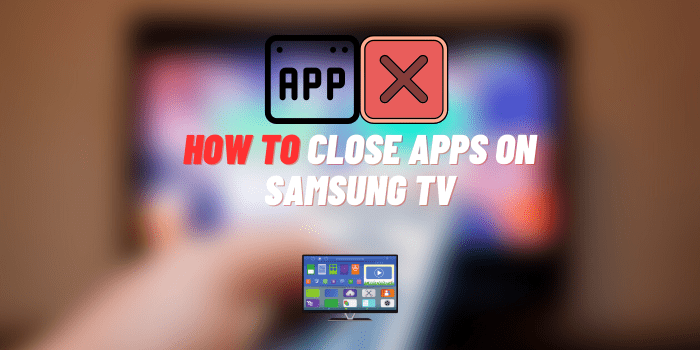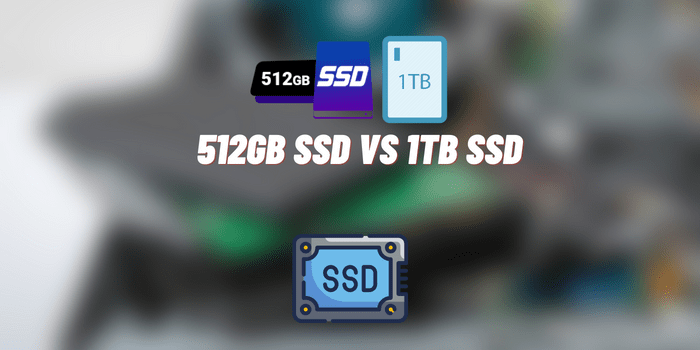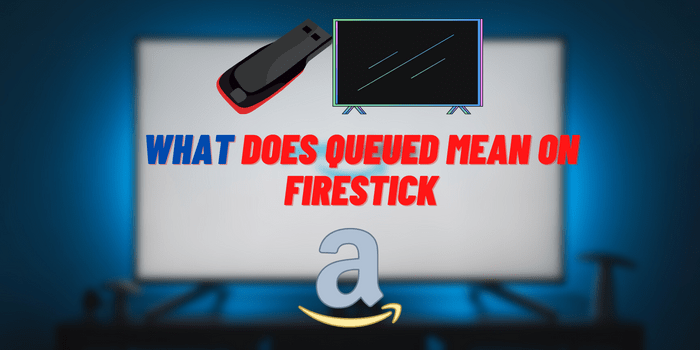What Is LCD Conditioning?
Liquid Crystal Display (LCD) technology has become an integral part of our daily lives. From laptops and TVs to smartphones and digital billboards, LCD displays are everywhere. While these screens offer a high-quality viewing experience, they are not immune to problems like pixel issues and color distortions. One effective method for maintaining and potentially prolonging the lifespan of an LCD display is through LCD conditioning. In this article, we’ll delve into what LCD conditioning is, how it works, and why it is essential for maintaining the quality of your LCD displays.
About an LCD Display

Before diving into LCD conditioning, it’s crucial to understand what an LCD display is. An LCD (Liquid Crystal Display) is a flat-panel display technology that utilizes liquid crystals to produce images. These displays are commonly found in a wide range of devices such as televisions, computers, and smartphones. Despite their popularity, they are susceptible to various issues, such as stuck pixels, color distortions, and screen burn-ins.
What Is LCD Conditioning? – Advanced Research
LCD conditioning is a specialized maintenance process designed to correct and prevent issues with an LCD display, particularly focusing on pixel-level anomalies.
These could be “stuck” pixels that always display a particular color or “dead” pixels that don’t display any color at all. The process usually involves running a sequence of high-intensity colors and patterns to help re-orient the liquid crystals inside each pixel, aiming to bring them back to normal functionality.
Explanation of How LCD Conditioning Differs From Other Maintenance Methods
While you might think of general maintenance activities like screen cleaning or software updating when you consider caring for an LCD display, LCD conditioning is more specific.
Unlike screen calibration, which adjusts the display settings to achieve the most accurate color representation and image clarity, LCD conditioning works at the pixel level to correct minor defects. It doesn’t involve any hardware modifications or advanced software configurations.
Instead, it uses specific patterns and colors to stimulate the liquid crystals, making it a non-intrusive, often DIY-friendly method of maintenance.
Conditions Where LCD Conditioning is Necessary
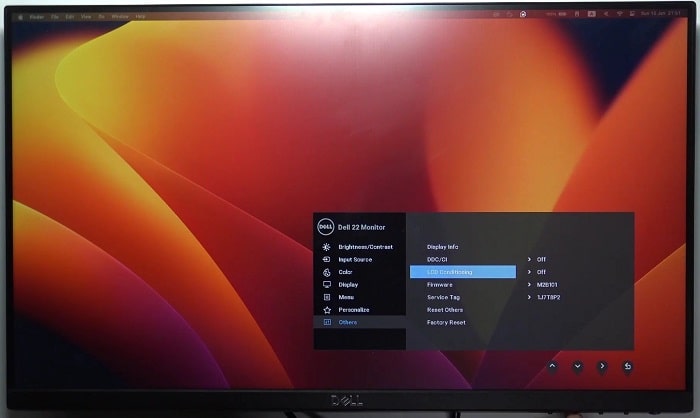
LCD conditioning becomes relevant under the following scenarios:
- Stuck Pixels: If you notice pixels on your screen that are always on and displaying a specific color (often red, blue, or green), conditioning may help “unstick” them.
- Pixel Burn-In: Over time, displaying the same image or sequence can cause certain pixels to “burn in,” i.e., they retain a shadow or impression of that image even when it’s no longer displayed. LCD conditioning can sometimes alleviate this issue.
- Uneven Backlighting: While conditioning is not specifically designed to correct backlight issues, the process of cycling through colors and patterns can sometimes highlight uneven backlighting, prompting further investigation or repair.
- Preventive Maintenance: Even if you don’t notice any visible problems with your display, periodic LCD conditioning can be a proactive measure to ensure the long-term health of your screen.
In summary, LCD conditioning is a unique maintenance method that differs significantly from other practices like calibration or software updating. It specifically targets pixel-related issues, making it an essential procedure for those who seek optimal display performance and longevity.
The Science Behind LCD Conditioning
To understand how LCD conditioning works, one needs to dive a bit into the science behind LCD technology. LCDs are made up of tiny elements called pixels, which, at the molecular level, contain liquid crystals. These crystals can sometimes get “stuck,” showing a constant color.
LCD conditioning aims to “unstick” these pixels by rapidly changing the colors displayed, encouraging the liquid crystals to shift, thus restoring normal pixel function.
Benefits of LCD Conditioning
Performing regular LCD conditioning can offer several advantages, including:
- Improved Display Quality: Resolves minor pixel issues, enhancing the display.
- Extended Lifespan: Potential to extend the operational life of the LCD.
- Prevention of Pixel Defects: Regular conditioning can help prevent pixels from becoming stuck in the first place.
- Enhancement in Color Reproduction: Overall improvement in color display qualities.
How to Perform LCD Conditioning
If you’re convinced about the benefits, here’s a step-by-step guide on performing LCD conditioning:
- Download Software: Several software tools are specifically designed for this task.
- Run the Program: Follow the on-screen instructions.
- Monitor the Process: Some tools may require manual termination, so keep an eye on the progress.
- Test the Display: Check to see if the issue has been resolved.
- Take Precautions: Always remember to follow the manufacturer’s guidelines to avoid any accidental damage.
Best Software for LCD Conditioning
We have analyzed the software for LCD Conditioning and collected the best options in a convenient table for you.
| Software Name | License | Platform | Stuck Pixel Repair | Screen Burn-In Repair | User-Friendliness |
|---|---|---|---|---|---|
| PixelHealer | Free | Windows | Yes | No | High |
| JScreenFix | Paid | Web-based | Yes | Yes | Medium |
| DeadPixelTest | Free | Android | Yes | No | Low |
| PixelRepair | Paid | Mac | Yes | Yes | High |
Potential Risks and Limitations
Though effective, LCD conditioning is not without its drawbacks.
Overuse can potentially damage the display.
Some manufacturers don’t recommend the process, so it’s essential to consult with experts or read the manual carefully before proceeding.
Alternative Methods for LCD Maintenance
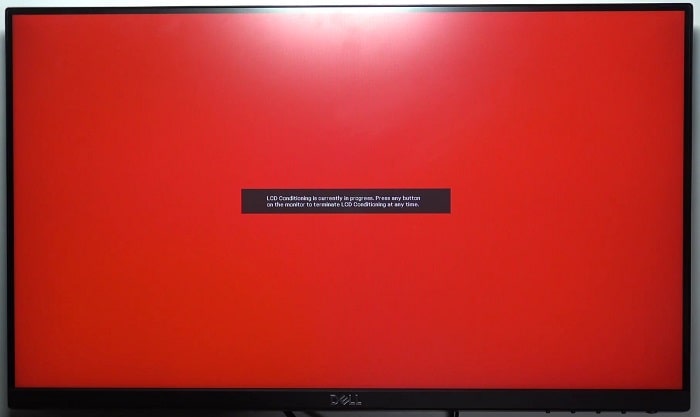
LCD conditioning is not the only way to maintain your display. Other methods include screen calibration and professional repair services. However, these alternatives might not be as effective for specific pixel-related issues.
FAQs about LCD Conditioning
What is the difference between LCD conditioning and screen calibration?
LCD conditioning targets pixel-level issues, aiming to fix or prevent stuck or dead pixels by cycling through various colors and patterns. Screen calibration, on the other hand, adjusts display settings like brightness, contrast, and color balance to achieve an accurate and pleasing overall visual output.
How often should LCD conditioning be done?
The frequency for LCD conditioning can vary. For preventive maintenance, doing it once every few months is generally sufficient. For displays with existing issues, it may be necessary to perform conditioning more frequently, such as weekly, until the problem is resolved. Always consult the manufacturer’s guidelines for specific recommendations.
Can LCD conditioning resolve all types of pixel issues?
No, LCD conditioning is primarily effective for stuck pixels and sometimes for reducing screen burn-in. It is generally not effective for dead pixels or for resolving hardware issues like cracks or physical damage to the screen.
Conclusion
Understanding what LCD conditioning is and how it works can be pivotal in maintaining the quality of your LCD displays. From prolonging the life of your display to enhancing color reproduction, the benefits are undeniable. However, it’s crucial to approach this method cautiously, keeping in mind the potential risks and manufacturer recommendations. With proper maintenance, you can get the most out of your LCD technology.




